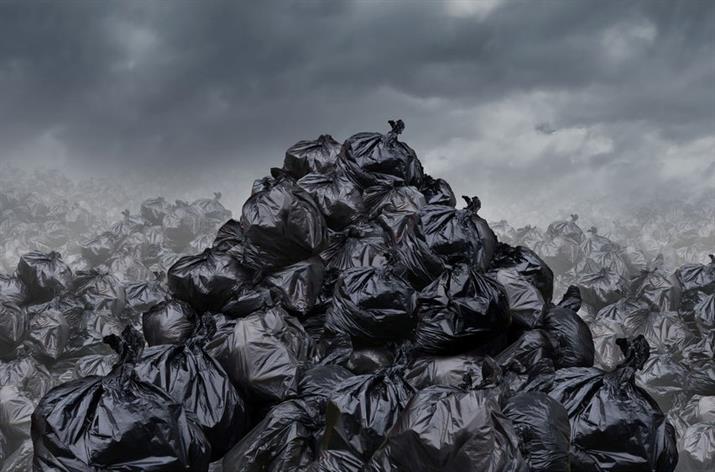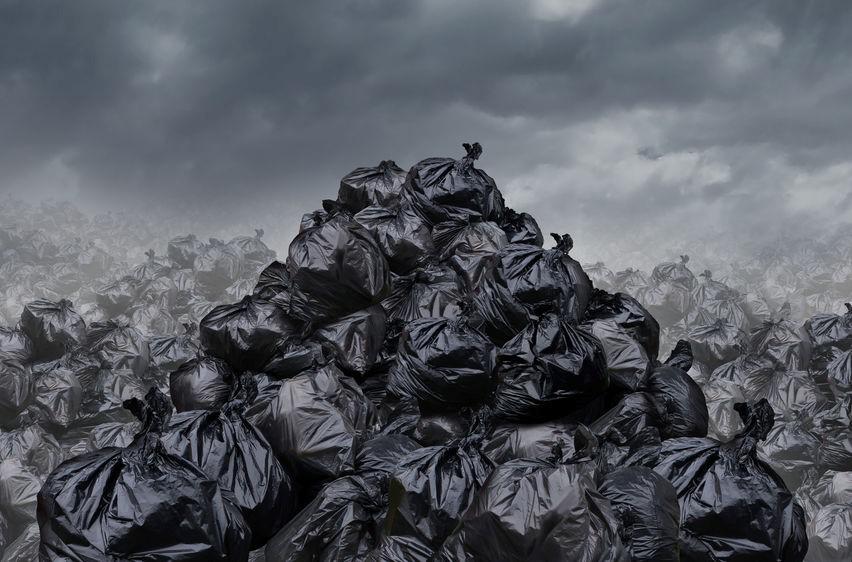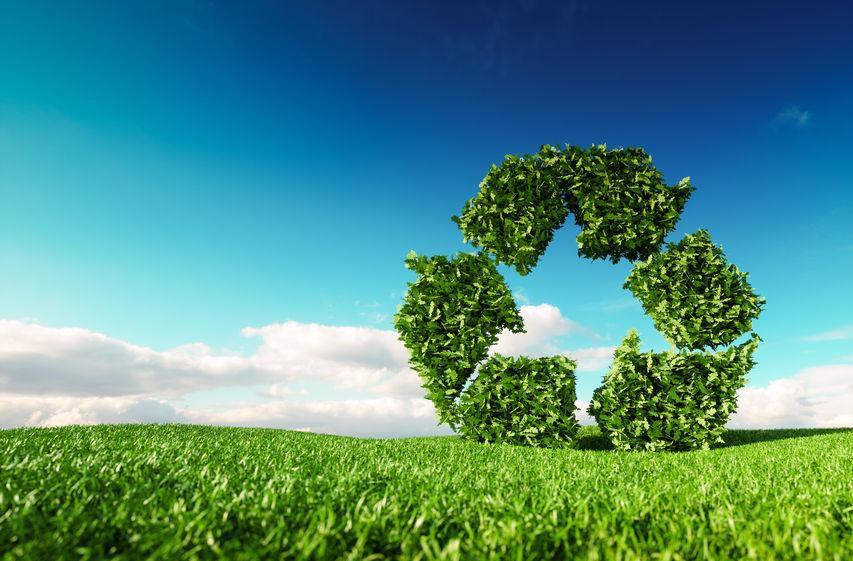Chapter 5: The Sustainable Journey Of Your Junk

Not all your junk needs to go to the landfill.
Spring cleaning, moving to a new home, and the occasional purge all result in one thing: junk. How did our junk problem get so out of control?
For all our talents at acquiring junk, we’re actually pretty bad at getting rid of it.
When we look at the junk we want to get rid of, we weigh our options. Do I know anyone who can use this? Can I sell this? Will this fit in my garbage bin? And when we exhaust those options, we call a junk removal company.
That company shows up and makes your junk disappear. You don’t have to concern yourself with where it goes.
But where does it go?
Most people don’t know (let alone care) what happens to their junk when it leaves their curb. We can safely assume that most of it ends up in a landfill. This is especially true if waste management or a junk removal team doesn’t follow best recycling practices. But this is contributing to a larger problem: we’re maxing out our landfills.

There are more than 3,000 active landfills and over 10,000 old landfills in the US. Older landfills suffer from poor design and inadequate construction methods that lead to water and soil contamination. Newer landfills prevent this by embracing sustainable construction methods. Construction teams build landfills with layers of clay, membranes, and drainage systems. These prevent a combination of water and junk runoff called leachate from entering the soil.
But burying junk isn’t a permanent solution. There’s only so much landfill space available. It’s estimated that the US will run out of landfill space within 18 years.
Instead of sending your junk to a landfill, you can choose a more sustainable method for getting rid of your old stuff.
What is sustainability all about?
The EPA says sustainability is all about creating and maintaining “the conditions under which humans and nature can exist in productive harmony to support present and future generations.”
Sustainability consists of three pillars:
- Planet: our actions should preserve the planet, not deplete it. We shouldn’t farm something to death or slowly destroy habitats through colonization. We need to be conscious of how our actions affect the environment.
- People: our processes and businesses should take people and their communities into consideration. Sustainability ensures that any job accounts for an employee’s physical and mental well-being. There’s also the bigger picture: being sustainable means understanding how you influence people and their communities.
- Profit: profits shouldn't negatively impact natural resources or communities. Being sustainable means making a profit in a responsible way.
Sustainability is mentioned in many media headlines, but we feel that it’s losing meaning. It’s now a label that’s easily applied to any product, service, or company without much thought. We want to bring sustainability back into the limelight and remind everyone why it’s important.

Sustainability isn’t just a nicety for us. We view it as more of a mindset. That’s why we echo it in our mission statement: “enhance lives, our communities, and the environment by donating, recycling, upcycling, and supporting local charities.” But we see one thing keeping us from achieving our mission: education.
There isn’t enough understanding of the short- and long-term effects that junk has on society and the environment. Many people don’t care because recycling their junk isn’t helping them today. They don’t see the immediate benefits and lose interest. We think that bringing sustainability into the junk removal business is a great first step toward getting more people to care.
Companies should handle junk sustainably.
There’s only one reason that junk mindlessly goes into a landfill: the people handling it are lazy. This pump-and-dump method of dropping off junk at landfills allows for quicker turnaround times. The more junk they can haul out, the more cash they make. But they’re not accounting for the time it takes for these items to decompose in a landfill. Materials like plastic and synthetic rubber can take over 100 years to break down.
We think differently. Through training, education, and local partnerships, we can carefully find new homes for the items we haul away. We do our best to donate first, then repurpose or recycle everything else that donation centers can’t take.
After sorting people’s old possessions and memories for what might have life beyond the landfill, we deliver them to donation centers. We’ve donated everything from pianos to mattresses to appliances, positively impacting our community. We’ll send glass, plastic, textiles, and metals to recycling centers to be broken down and repurposed. Other lightly used furniture will go to our Remix Market stores, where we clean up and resell second-hand furniture at affordable prices.
We also go out of our way to avoid making extra waste. Most manufacturing and shipping methods cause pollution and use lots of natural resources. If they use recycled materials, they use less energy and less resources to create new products.
We need to make sustainability a priority for everyone.
We think we can accomplish this in three ways:
- Remove the roadblocks. Recycling is getting more difficult, especially after China’s recent ban on imported plastics. Many of our recyclables are now ending up in warehouses and landfills because there’s nowhere to put it. One way to solve this is for companies to source recycled materials when they can. This will limit the total output of new materials.
- Help people see the benefits. Landfills and recycling centers are physically removed from everyday life. People don’t see the end result of their waste output or recycling efforts. Everyone needs more insight into how waste management and recycling works.
- Incentivize businesses to care. It’s challenging to be a green company. We’re not just talking about installing compact fluorescent light bulbs or putting more recycling bins in the office. We’re talking about getting green-certified. There are application processes and rigorous standards to meet, but these certifications can showcase a company’s focus on being green. Yet present regulations don’t offer businesses enough incentives to adapt to environmental friendliness. With more leadership and investment from the government, there could be a bigger impact. It’s up to individuals to step up in the meantime.
When we address these three major issues, we’ll get closer to achieving sustainability. Our landfills will bear the brunt until then.
Check Out Chapter 1: The Typical Junk Journey
Check Out Chapter 2: Everything You Need To Know About Landfills
Check Out Chapter 3: 26 Household Items That Don’t Disintegrate In Landfills
Check Out Chapter 4: 38 Statistics About Waste Management That Will Blow Your Mind
